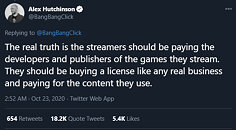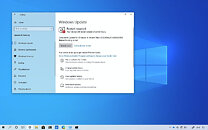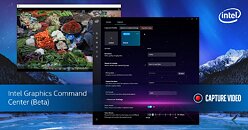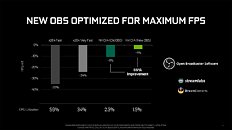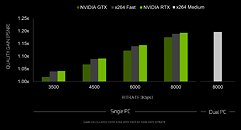
NVIDIA Expands GeForce NOW Game Streaming Service to Turkey, Saudi Arabia, and Australia
NVIDIA has today announced the expansion of its GeForce NOW game streaming service to Turkey, Saudi Arabia, and Australia. The company has worked closely with telecommunication providers to ensure that the streaming service is working well and now they can deliver even more gamers a chance to play their favorite games in the cloud. NVIDIA stated that: "It also offers an opportunity for the world's leading telecommunications firms to deliver high-quality, low-latency PC gaming to nearly any device from the cloud. These partners form the GeForce NOW Alliance, a partnership of operators using RTX Servers and NVIDIA cloud-gaming software to expand and improve cloud gaming globally."
As a reminder, the GeForce NOW is a game streaming service that "brings real-time raytracing to today's biggest blockbusters to underpowered PCs, Macs, Chromebooks, Android and iOS devices." You can access a wide range of games from almost any device and play as much as you like.
As a reminder, the GeForce NOW is a game streaming service that "brings real-time raytracing to today's biggest blockbusters to underpowered PCs, Macs, Chromebooks, Android and iOS devices." You can access a wide range of games from almost any device and play as much as you like.








